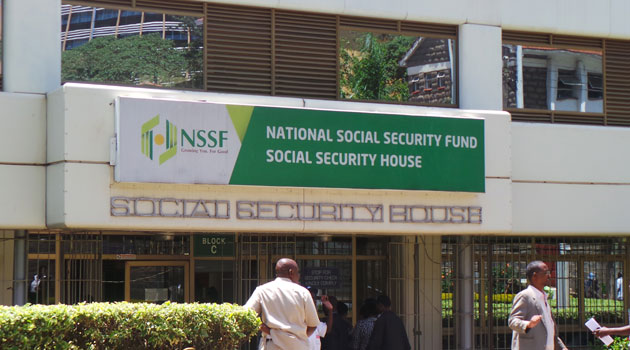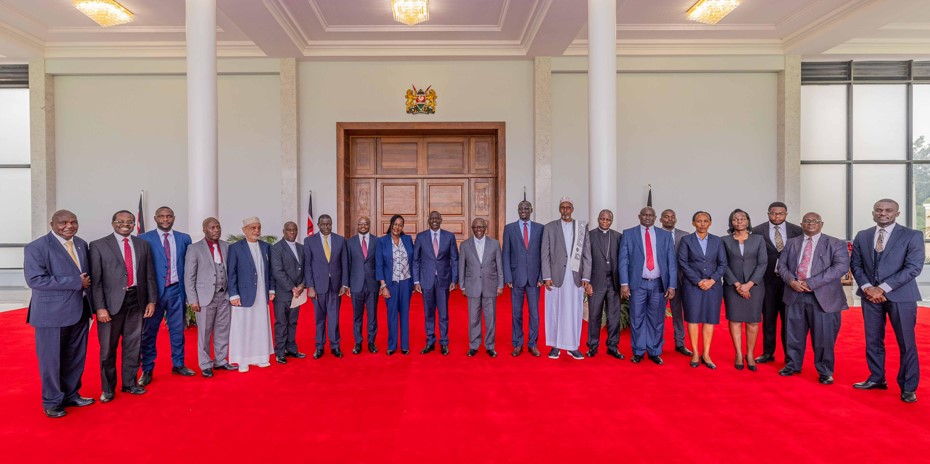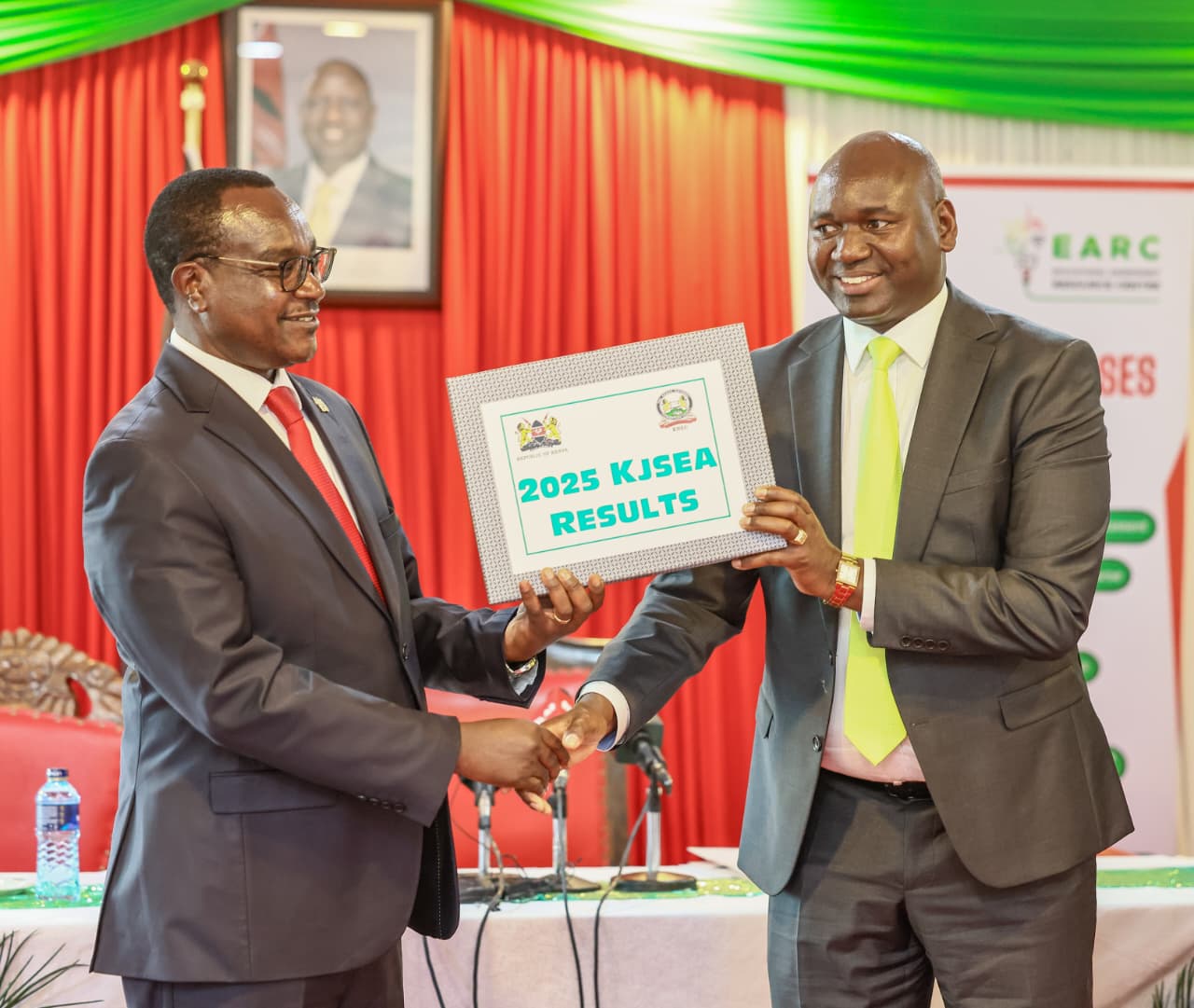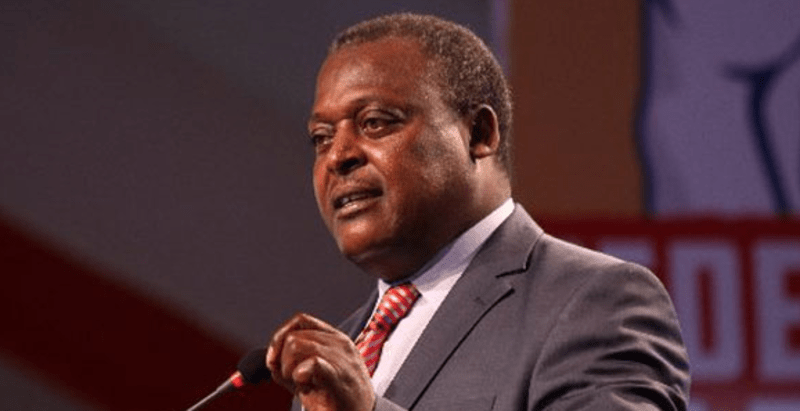Pension payments fall by Sh23 billion as government faces cash crunch

This shortfall is compounded by rising pension costs, driven by a wave of retirements.
Pension payments to retired public service workers fell short by Sh23.65 billion in the first quarter of the Financial Year 2024-2025, highlighting a growing public cash crisis amid declining tax revenues.
The National Treasury's Pensions Department processed Sh32.14 billion in payments during this period, reflecting a modest increase of 4.23 per cent compared to Sh30.83 billion from the previous year.
More To Read
- Ruto says NSSF contributions double in two years, could hit Sh1 trillion by 2027
- Senators seek extension for taskforce to tackle Sh80 billion county pension debt
- Retirees demand action over Sh4 billion Nairobi Water pension arrears
- Regulator revives plan to limit early pension withdrawals to 30 per cent before age 50
- ICEA survey finds most Kenyan retirees struggle to survive on pensions
- Judges poised for lifetime pension perks worth Sh5.7 billion
However, this amount was significantly below the prorated target of Sh55.60 billion, based on an annual goal of Sh223.15 billion due by June.
This shortfall is compounded by rising pension costs, driven by a wave of retirements which have further strained resources for President William Ruto's administration.
These financial challenges hinder funding for critical development projects, including road construction, affordable housing, and power transmission lines.
The increased expenses for retirees have joined debt obligations in limiting available funds for these initiatives.
The Pensions Department struggled to meet payment requests in the financial year ending June, falling short by Sh40.14 billion against a target of Sh148.95 billion.
As a result, the July pension budget was raised by Sh23.78 billion, from an initial Sh199.37 billion.
This adjustment was partly in response to President Ruto's directive that public servants retire upon reaching the age of 60.
According to the Pensions Department, before this directive, an estimated 85,400 public service workers were expected to retire over three fiscal years ending June 2026.
This includes 30,155 retirees from the previous financial year, 28,745 expected in the current fiscal year ending June 2025, and 26,500 in the following year.
The anticipated retirements have now increased, particularly among workers with specialised skills, whose employment had been extended but is now set to end.
Top Stories Today













































